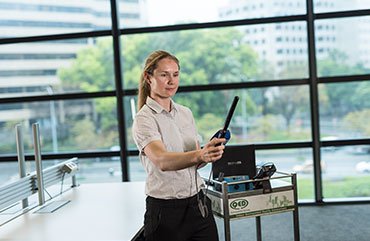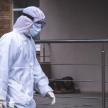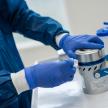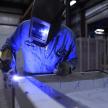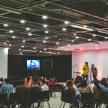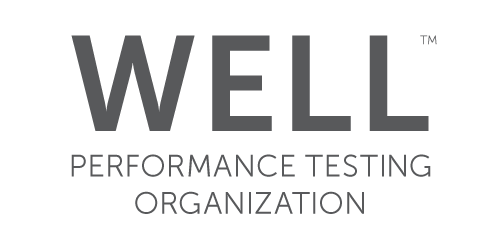Legionnaire’s disease is a lung infection acquired by inhaling contaminated aerosol or water droplets suspended in air. The infection rate is estimated to be less than 5% of those exposed, depending on the dose and vulnerability of the victim. The most vulnerable are the sick, elderly, those with impaired immunity, and smokers. The symptoms can be severe, and without timely treatment the disease may be fatal.
The main areas of risk for building owners – in healthcare, hotel, office, retail, or education – are the air conditioning cooling towers and the potable and heated water distribution systems, where tanks or piping dead legs increase risk.
Certain outdoor water features may be a hazard in some situations, for example ponds, fountains, spray washers or mister cooling systems. Car wash systems have also been shown to be a risk for legionella.
Health and aged care facilities face particular risk at water delivery points, for example showers, wash basins, thermal mixing valves, water filters, drinking fountains and ice makers.
Ironically, sustainability initiatives may unintentionally increase the risk of legionella, for instance low water flow, reduced hot water temperature or sensor taps.
Legionella Risk Management Plans
QED Environmental Services develops water quality risk management plans, tailored to customers’ requirements:
- Potable water risk management plans, incorporating site inspections, and testing regimes for cold and warm water distribution and delivery points.
- Legionella risk management plans, following the enHealth guidelines.
- Water quality risk management plans, following the enHealth guidelines for legionella plus relevant guidelines for other microorganisms presenting risk to healthcare facilities.
- Cooling tower risk management plans, comprising site inspections and an online service for monitoring water testing and equipment maintenance.
Our staff has experience responding to outbreaks of infection which require advanced testing, diagnostic and remediation activity, as well as liaising with authorities and regulators.



